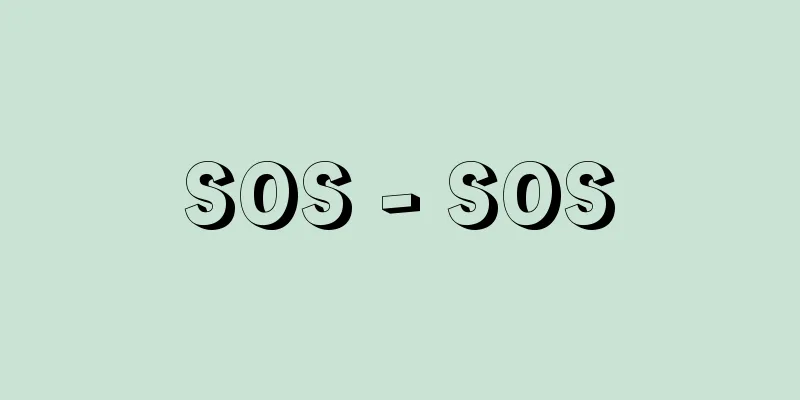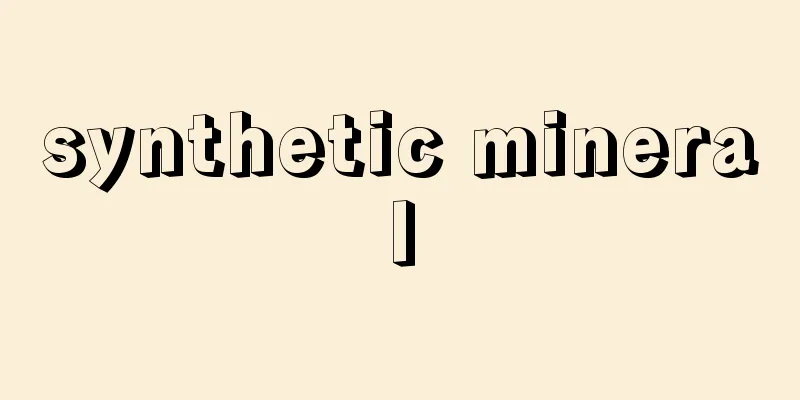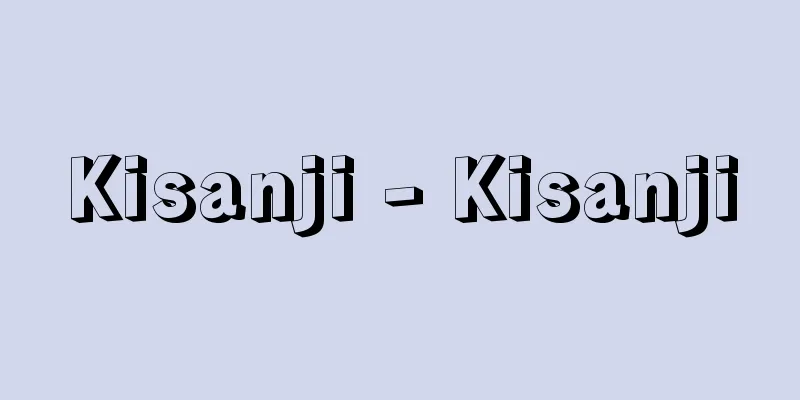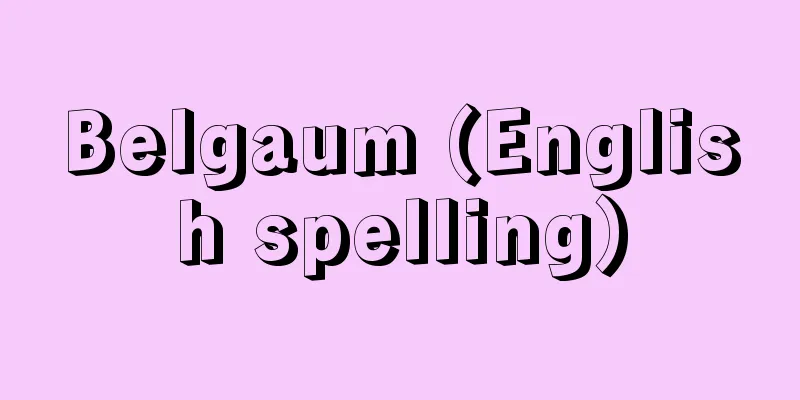SOS - SOS

|
A radio distress signal sent by a ship or aircraft when it is in grave danger and is calling for help. For radiotelephones, May-Day is used. Until the First International Radiotelegraph Conference in Berlin in 1906, CQD (short for Come quick, danger) was used, but because it was difficult to hear as Morse code, SOS (…………) was adopted at the conference. The reason is that it is easy to send and there is no error in receiving it. The initials of Save our soul. or Save our ship. are a myth. The frequencies used for SOS by ships are 500 kHz for A2 radio waves (radio waves operated by a telegraph key using amplitude modulation) and B radio waves (radio waves using spark discharge), and 2091 kHz for A1 radio waves (radio waves that can be transmitted intermittently by simply operating a telegraph key). Aircraft are to use the frequency designated for that aircraft or 500 kHz. SOS is given the highest priority among communications between ships and aircraft. Once an SOS has been confirmed to have been sent from a ship or aircraft, other ships and aircraft are prohibited from using the same frequency except for communicating with the ship (or aircraft) in distress, and must take the best possible measures to effect rescue. SOS, which had been used for a long time, was no longer used in Japan after February 1, 1999, due to the widespread use of the new rescue communication system GMDSS (Global Maritime Distress and Safety System). This was due to a decision by the World Maritime Organization (IMO), and although Japan also switched to GMDSS, some other countries have not discontinued Morse code. [Yukito Iijima] [Reference items] | |Source: Shogakukan Encyclopedia Nipponica About Encyclopedia Nipponica Information | Legend |
|
船舶または航空機が重大な危険に陥り、救助を求める際に発する無線電信による遭難通信の信号。無線電話の場合にはメイ・デイMay-Dayを用いる。1906年のベルリン第1回国際無線電信会議まではCQD(Come quick, dangerの略)が用いられていたが、モールス符号として聞き取りにくいことから、この会議でSOS(…―――…)が採用されることになった。理由は、発信も簡単で、受信にあたっても間違いを生じないことである。Save our soul.またはSave our ship.の頭文字というのは俗説である。船舶のSOSに用いられる周波数は、A2電波(振幅変調による電信用電鍵(でんけん)操作電波)とB電波(火花放電による電波)では500キロヘルツ、A1電波(電鍵操作だけで断続伝送ができる電波)では2091キロヘルツである。航空機では、その航空機に指定された周波数か、または500キロヘルツを用いることになっている。SOSは船舶、航空機の通信中で最優先の順位を与えられている。ある船舶または航空機からSOSが発せられたことが確認されると、他の船や航空機は、遭難船(または機)との通信以外には同一周波数の使用が禁じられ、救助のために最善の措置を講じなければならない。 長期間使用されたSOSは、新しい救難通信システムのGMDSS(Global Maritime Distress and Safety System、全世界的海上安全制度)の普及に伴い、日本では1999年(平成11)2月1日以降使用されなくなった。このことは世界海事機関(IMO)の決定によるものであり、日本もGMDSSへの切り換えを行ったが、モールス信号を廃止していない国もある。 [飯島幸人] [参照項目] | |出典 小学館 日本大百科全書(ニッポニカ)日本大百科全書(ニッポニカ)について 情報 | 凡例 |
>>: Sosius Senecio, Q. (English spelling) SosiusSenecioQ
Recommend
Keito - Keito
A Chinese scholar of the early Qing dynasty. His ...
Polyurethane
A polymer with a urethane bond (following structu...
Krasnaya gvardiya (English spelling)
…It was established by a decree of the Soviet gov...
Abhidhamma - Abhidhamma
...It is so named because it consists of three pa...
Ica (English spelling)
The capital of the prefecture of the same name in ...
Zalophus californianus californianus (English spelling) Zalophuscalifornianuscalifornianus
...A general term for mammals belonging to the Ot...
Kurumisou - Walnut Sho
This manor was located in Minagi County, Harima Pr...
Kagabushi
〘Noun〙① A kouta from the Muromachi period. It is s...
Kobomugi - Kobomugi
A perennial plant of the Cyperaceae family (APG c...
Dracaena - Dorasena
A shrub or tree of the Agavaceae family (APG clas...
Rāvī River (English spelling)
One of the five rivers of the Punjab in northern P...
Numerical analysis - numerical analysis
Numerical analysis generally refers to methods for...
Common area expenses
Expenses incurred by one of multiple creditors of ...
Audiencia Bireinal - Audiencia Bireinal
…It was the longest-lasting and most stable of th...
Chimborazo [Mountain] - Chimborazo
A high peak in the Andes in central Ecuador, South...





![Hangai [Mountains] - Hangai](/upload/images/67cc9434cd33b.webp)



